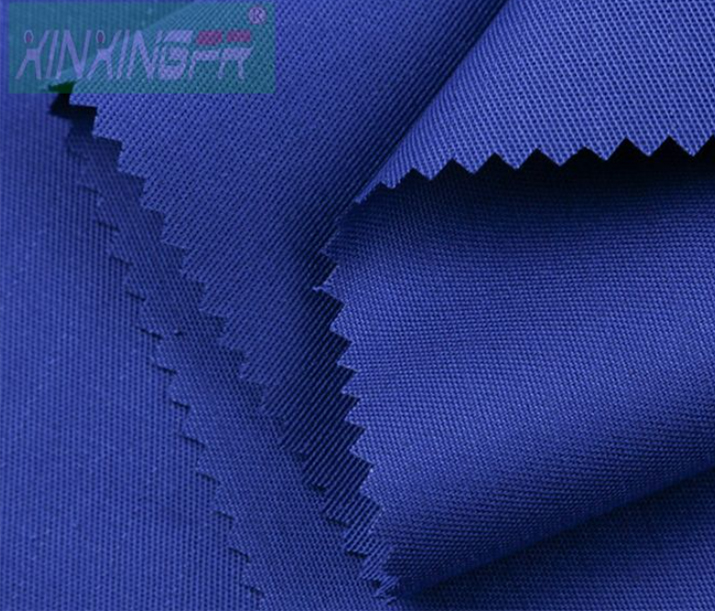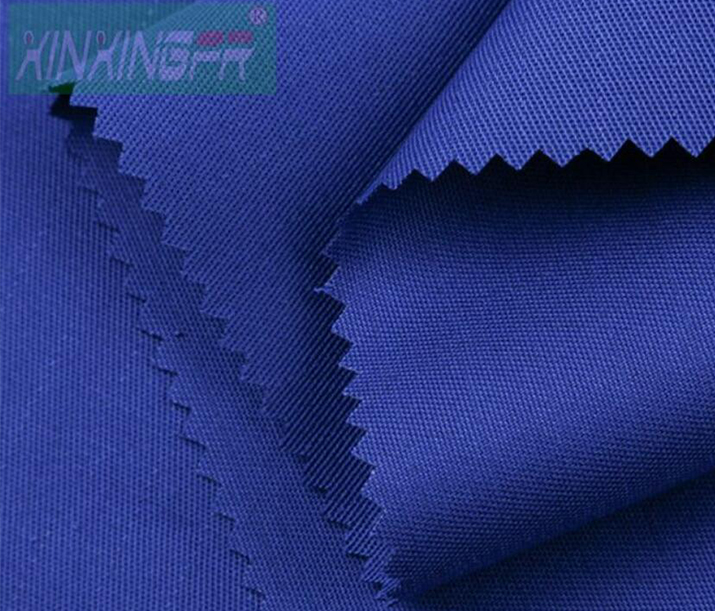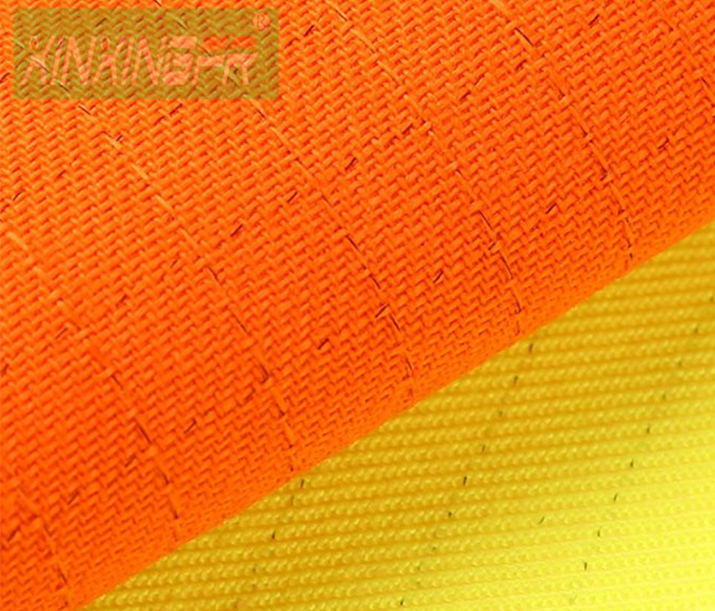They're everywhere, they're invisible, and they could possibly save your life. They could also make you very sick. Thankfully you can decrease their presence using these simple tips.
Welcome to the invisible world of flame-retardants, the contentious solution to an important problem.
Flame-retardants are a group of chemicals applied to furnishings, fabrics, electronic devices, appliances, building materials, and automobiles to reduce flammability. Almost every foam, fabric, rubber, and plastic material is covered with these chemicals, and while many of them are safe and help to keep you safe, some of them are cause for concern.
Flame retarding chemicals that contain bromine (BFRs), especially polybrominated diphenyl ethers (PBDEs), and organophosphate flame retardants (OPFRs) are concerning. Both can hinder neurological development in children.
Chlorinated Tris (or TDCPP) is known to cause cancer. The substance was banned for use in children's pyjamas in 1977 but continues to be added to polyurethane foam in furniture and baby products. The substance has also been linked to lower sperm counts for men and altered hormone levels.
Phosphorus Flame Retardants (PFR) have been linked to the development of allergies and asthma when they occur in indoor dust.
Studies have also linked flame retardants to thyroid and endocrine disruption, and problems with fetal development. Simple blood and urine tests reveal that we carry many of these retardants with us all the time. They can even be found in breast milk.
A variety of bans and restrictions aim to limit the use of some flame retardants in the US, but many more are still being used. A few states passed regulation banning PBDEs after 2008, and the EU banned them as well. OPFRs, however, were introduced as a replacement for PBDEs even though studies are showing they really aren't any better. The chemical can even be found in processed foods because of exposure to materials in the factory where they are produced.
Flame-retardants don't bind with the product they are used with, so there is a very real danger that tiny particles of toxic chemicals are floating around everywhere you go, getting on your hands, and even ending up in your mouth when you eat.
Thankfully, a new study has shown that changing the way you clean your house and your daily habits can make a dramatic difference in the levels of these toxic chemicals in your body. The combination of a better cleaning routine and more hand washing reduced flame retardants in women's blood by up to 74%.
Here's what you can do to make the most of this study's findings:
This is always a good rule of thumb, because it also reduces your chances of getting sick from a virus or bacteria. Simple handwashing rinses dust particles off the skin, which keeps flame retardants out of your mouth. Wash when you get home, before you eat, after going to the bathroom, and before handling food. Any excuse to wash your hands: do it, and do it properly.
Vacuum your floors with a high efficiency particulate air (HEPA) vacuum, but be careful that you purchase one with a True HEPA filter. There are two levels of HEPA certification for vacuums: a HEPA certified filter and a HEPA certified vacuum. A True HEPA system will be airtight, which means that the vacuum will capture the smallest particles and retain them as air flows through the vacuum. Sweeping only pushes small particles back into the air, so vacuum at least once a week or more.
Once you've removed as much dust as possible from hard floors and carpets by vacuuming, wash hard floors with a mild soap and warm water. There is a proper way to wet mop: the key is to use the right amount of moisture. Too little water and the floor won't be clean, and too much will just push the dust around. To solve this problem you can mop by hand, but whether you use a mop or a cleaning cloth, make sure you have one that doesn't have any flame retardants.
Many a mother has taught her children to first to push the dust onto the floor, and then sweep and mop the dust away. You should still dust before you vacuum, but it's much better to trap that dust instead of throwing it into the air. You should also dust more often. Use your HEPA vacuum with a dusting attachment to get most of the dust, and then wipe surfaces down with bit of natural cleaner that contains orange oil. This will trap the dust and clean surfaces at the same time, giving wood a nice shine.
Fabrics that have been treated with flame retardants are usually certified for one year. If you wash them in your washing machine like any other fabrics the chemicals dissipate over time, which is a good argument for buying used clothing. You can also stick to products that use naturally retardant fabrics like wool, silk, and untreated organic cotton which won't be flame retardant but won't have toxic chemicals either.
Furniture that contains foam is one of the biggest offenders since it can be very flammable. By law manufacturers must treat these products with flame retardants to compensate, creating large amounts of dust for years. These include sofas and mattresses, which you spend half your life on. Fortunately, today there is furniture sold as ‘chemical free', mostly in the form of futons. These are anti-microbial, dust mite resistant, do not off-gas and do not contain toxic flame retardants. Because they are also usually made of wool, they are naturally flame retardant fabrics as well. Combined with a wood frame versus a fabric frame, replacing these would cut the amount of flame retardants in your home dramatically.
Anything to do with babies and kids is usually covered in flame retardants because of a very real fire danger. Children's products including car seats, plush toys, and especially bedding materials made of cotton and synthetics can be very flammable. But a lot of this has to do with paranoia about lawsuits as well. Switch to organic and wool products to keep chemicals out of your baby's mouth. Kids also don't need stuffed animals, but if they want something to snuggle, try recycled wool puppets instead.
Plastics and electronics are a big part of modern life, but do you need so many? Electronics are supposed to be ‘candle resistant,' which manufacturers solve by coating them with chemicals. Go through each room of your home and make some choices. Do you need it? Does everyone need a television? Do you have a lot of plastic gadgets in your kitchen? If you do, are there alternatives?
Insulation and many other building materials contain tremendous amounts of flame retardant chemicals, especially foam insulation. There are safe and effective alternatives, such as cellular glass and expanded cork. Instead of carpeting, use hardwood or tile and avoid traditional rugs. Instead, get a natural wool rug.
If you aren't allergic to the outdoors, increase the airflow in your home by simply opening your windows. Do this especially when you are cleaning and disturbing the dust in your home to protect yourself from breathing in what you're stirring up. You can do this even in the winter without losing heat by opening the windows in one room at a time while shutting the door to the rest of the house. Good ventilation will also prevent mold, so it's especially important in wet climates. Consider hiring a professional to install more ventilation with filtration as part of your heating and cooling system.
We are a fire retardant fabric supplier. For more information or to speak to the team about your requirements, do get in touch with the team today via our contacts page.




+86 135 9869 3034 (Ada)
South Fenghua Road, High-Tech Industrial Development of Xinxiang, Henan PC, China.
Copyright © Xinxiang Xinxing Special Fabric Co., Ltd. All Rights Reserved. Sitemap | Powered by 
SEOKeywords: Custom Flame Resistant Fabrics Flame Resistant Fabrics Application Flame Retardant Knitted Fabrics & Fleece 2024 Flame Resistant Knitted Fabric Fire Retardant High Visibility Workwear Fire-Resistant Fabrics: Understanding Fire Retardant vs. Fire Resistant Fire-Resistant Fabrics: Understanding Fire Retardant vs. Fire Resistant Fire-Resistant Fabrics: Understanding Fire Retardant vs. Fire Resistant